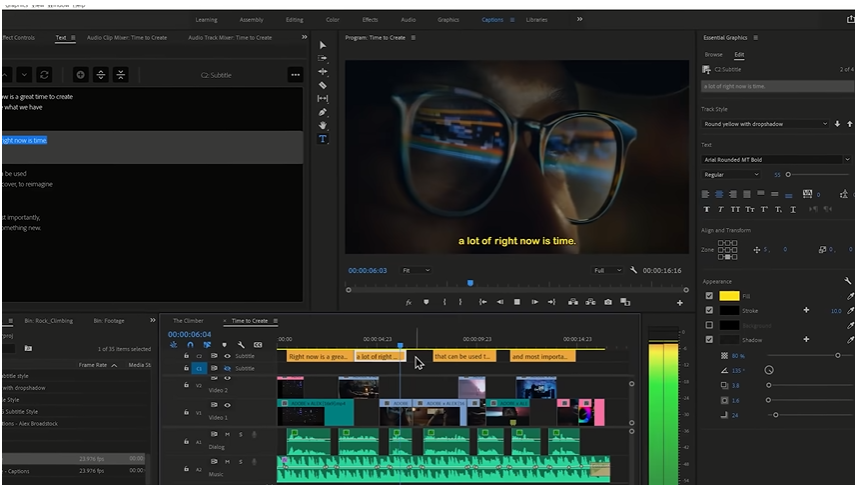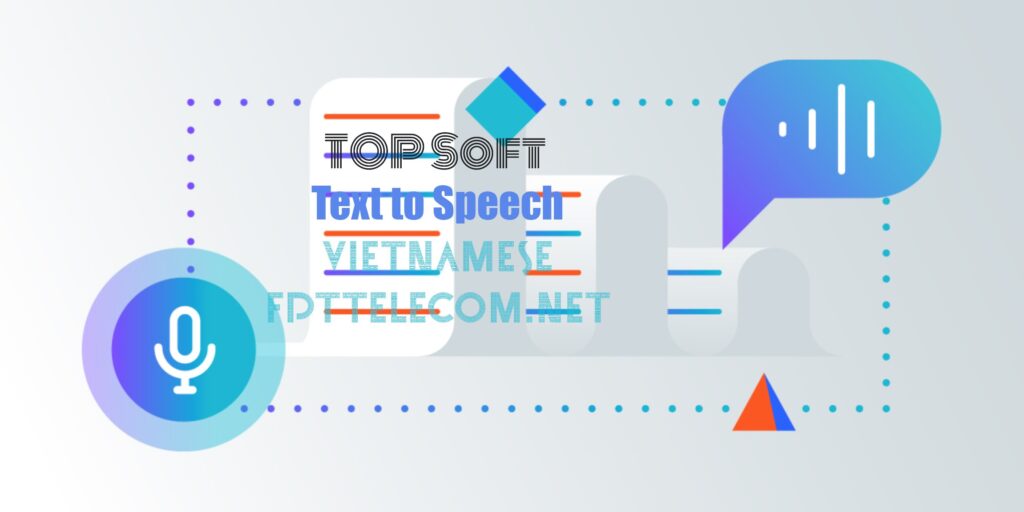[foxdark]
Text To Speech: Transmuting Script into Spoken Word

The realm of digital communication has witnessed a seismic shift with the advent of text-to-speech (TTS) technologies. This innovative domain empowers the conversion of written text into synthesized speech, bridging the gap between the digital and the spoken word.

TTS technologies have permeated numerous facets of our lives, revolutionizing accessibility, entertainment, and education. Individuals with visual impairments can now engage with digital content through auditory means, while language learners can hone their pronunciation and listening skills. Moreover, TTS has become an integral part of interactive gaming and virtual assistants, bringing a new dimension of realism to these digital experiences.

The underlying mechanisms of TTS are intricate and multifaceted. At its core lies a process known as speech synthesis, which meticulously crafts speech signals from written text. This process typically involves several key stages:
Text analysis: The input text is meticulously dissected to identify and parse its grammatical structure, punctuation, and lexical components.
Phoneme generation: The analyzed text is then converted into a sequence of phonemes, the basic units of sound in spoken language.
Prosody modeling: To imbue the synthesized speech with natural intonation and rhythm, a prosody model is employed, which determines the pitch, stress, and duration of each phoneme.
Acoustic synthesis: Finally, the phoneme sequences, imbued with prosodic cues, are transformed into actual speech waveforms, employing techniques such as concatenative synthesis or statistical parametric synthesis.
The evolution of TTS technologies has been a testament to the relentless pursuit of authenticity and naturalness. Early systems often produced robotic and monotonous speech, lacking the nuanced qualities of human vocalization. However, advancements in artificial intelligence (AI) and machine learning (ML) have spurred significant progress, enabling the creation of TTS systems that emulate human speech with remarkable accuracy and fidelity.
Today, TTS technologies are poised to play an even more pivotal role in shaping the future of human-computer interaction. As AI continues to evolve, we can anticipate the emergence of TTS systems capable of generating speech that is indistinguishable from human voice, blurring the lines between the artificial and the natural. The future of TTS holds immense promise, with the potential to revolutionize communication, accessibility, and entertainment, ushering in a world where the spoken word is truly accessible to all.
